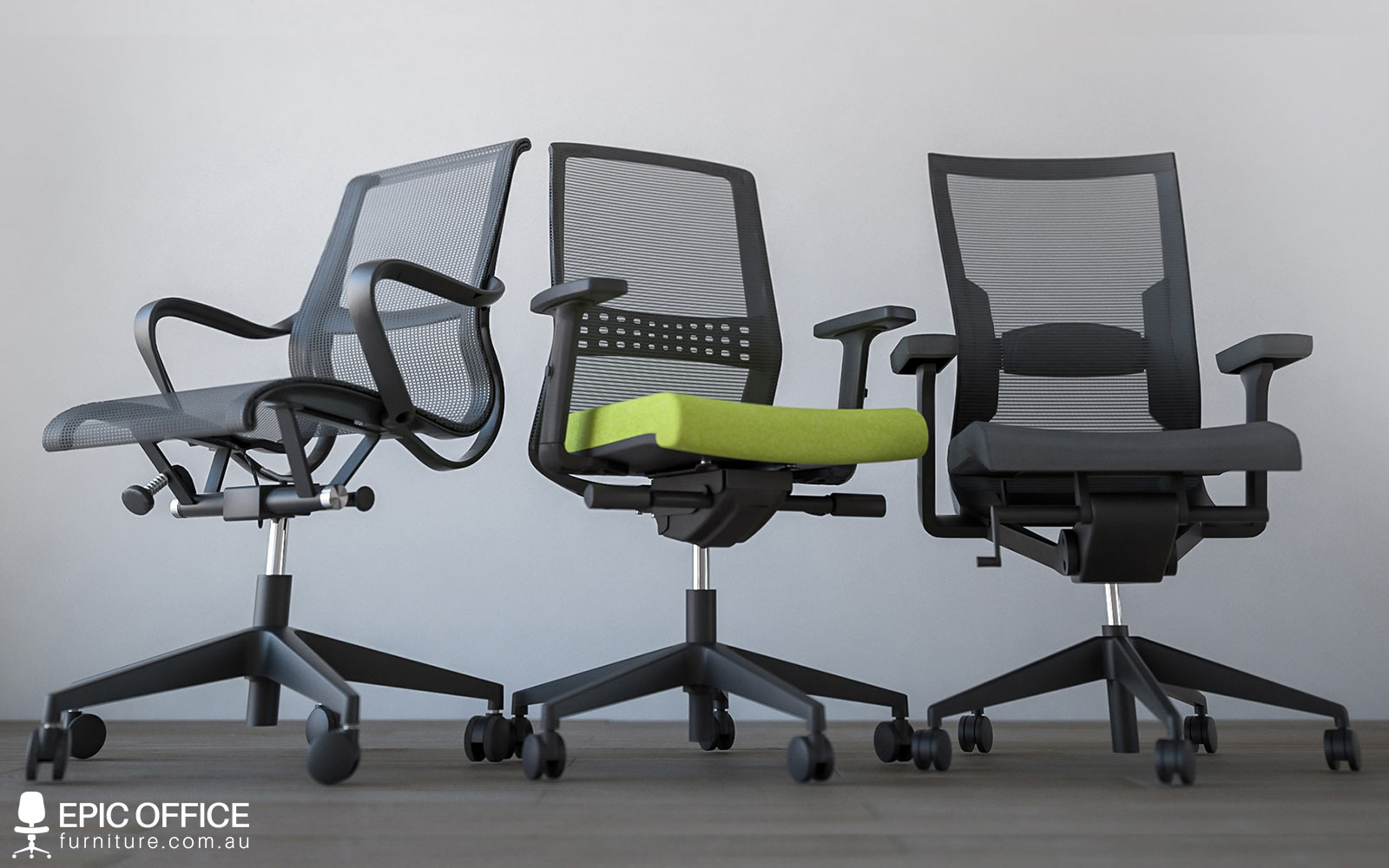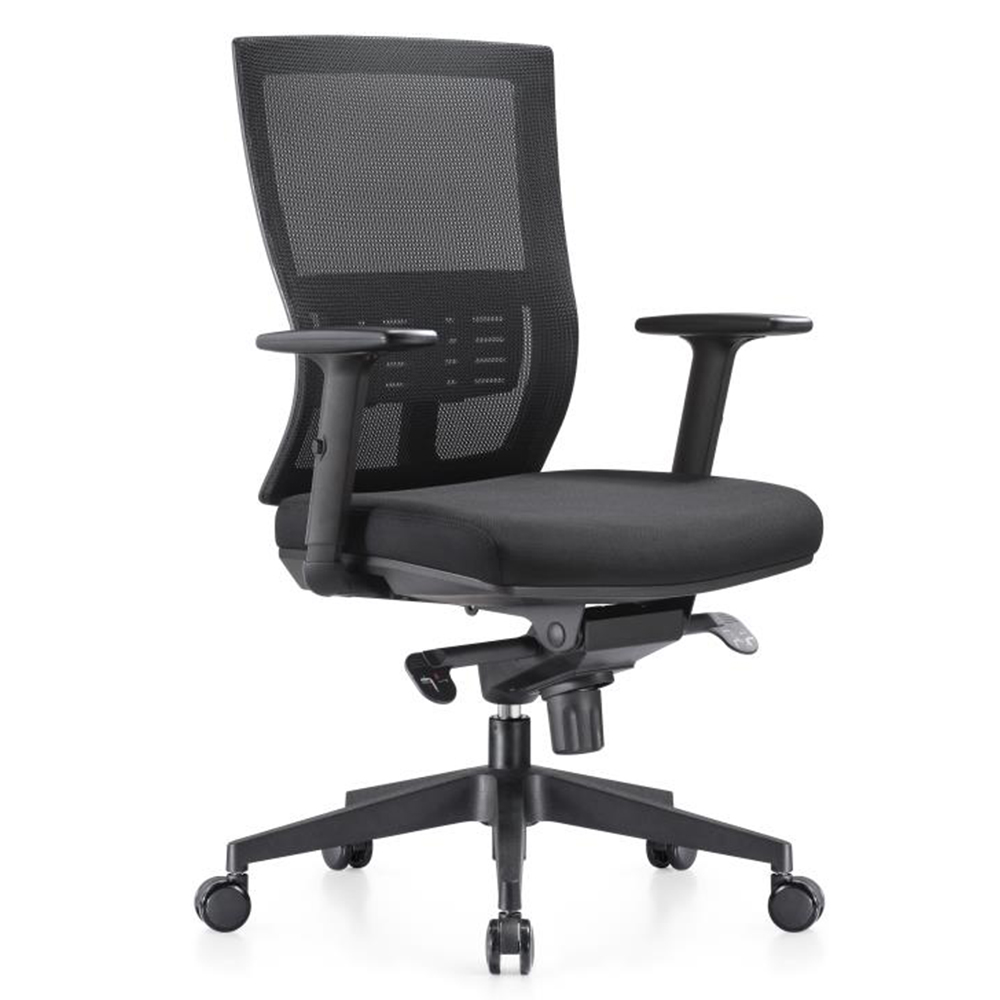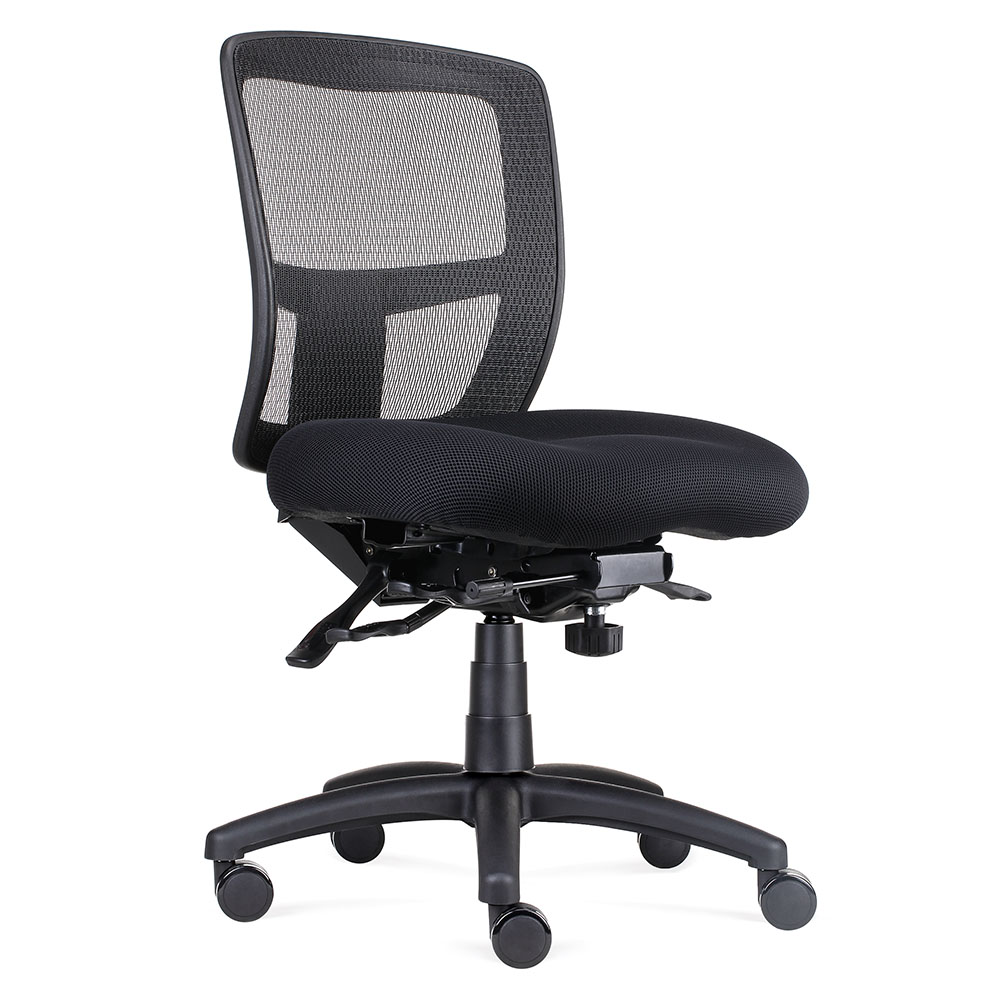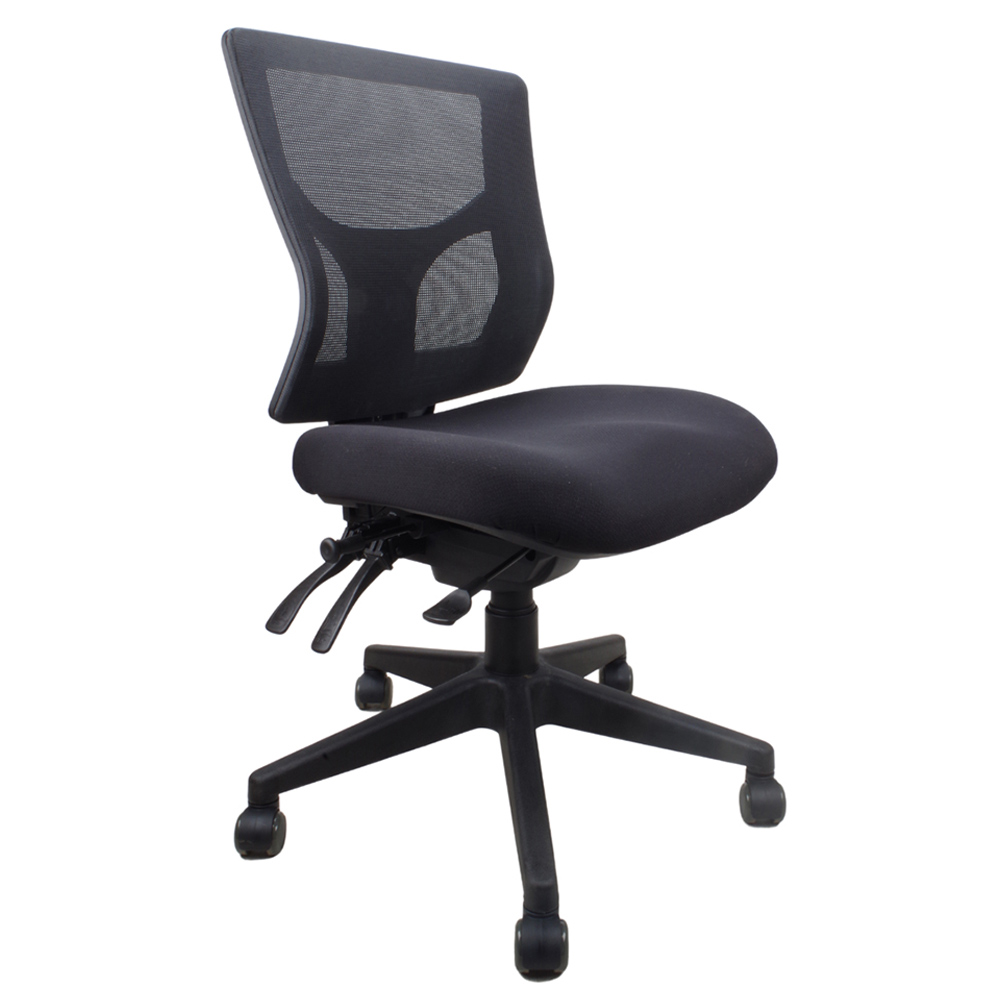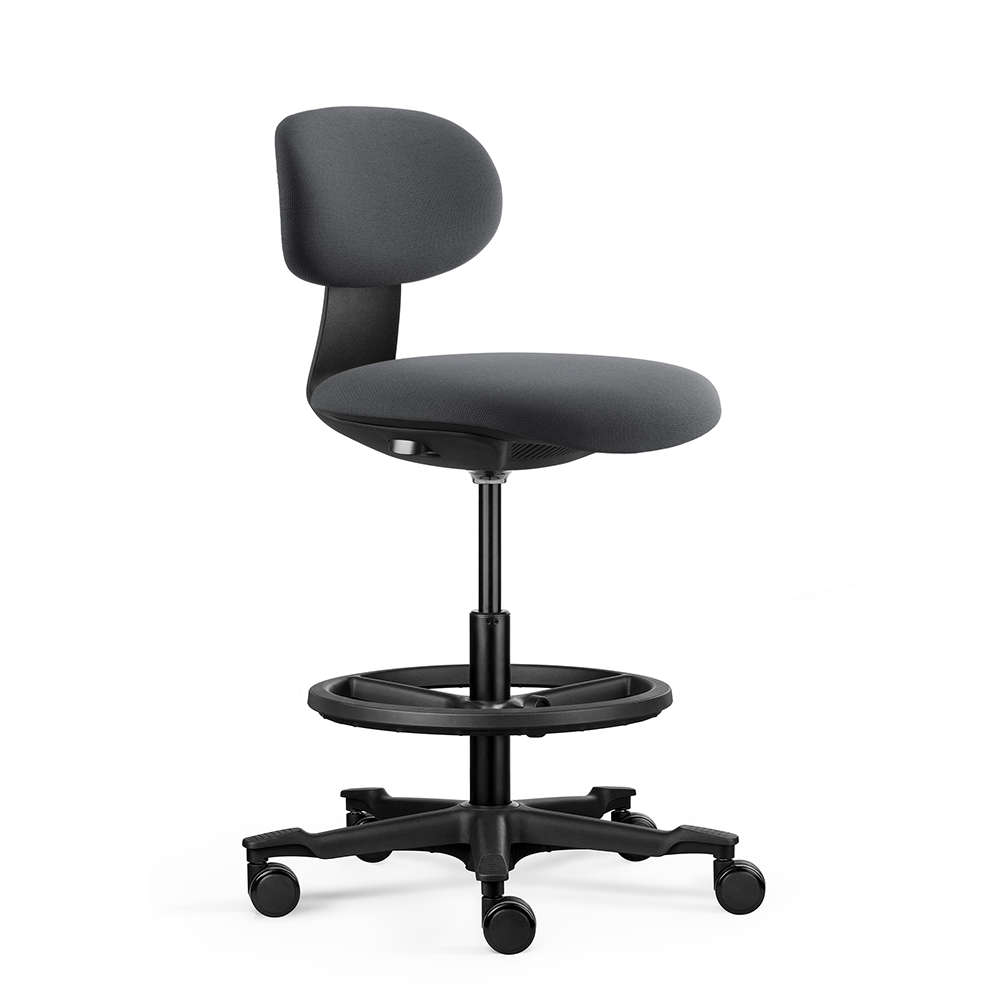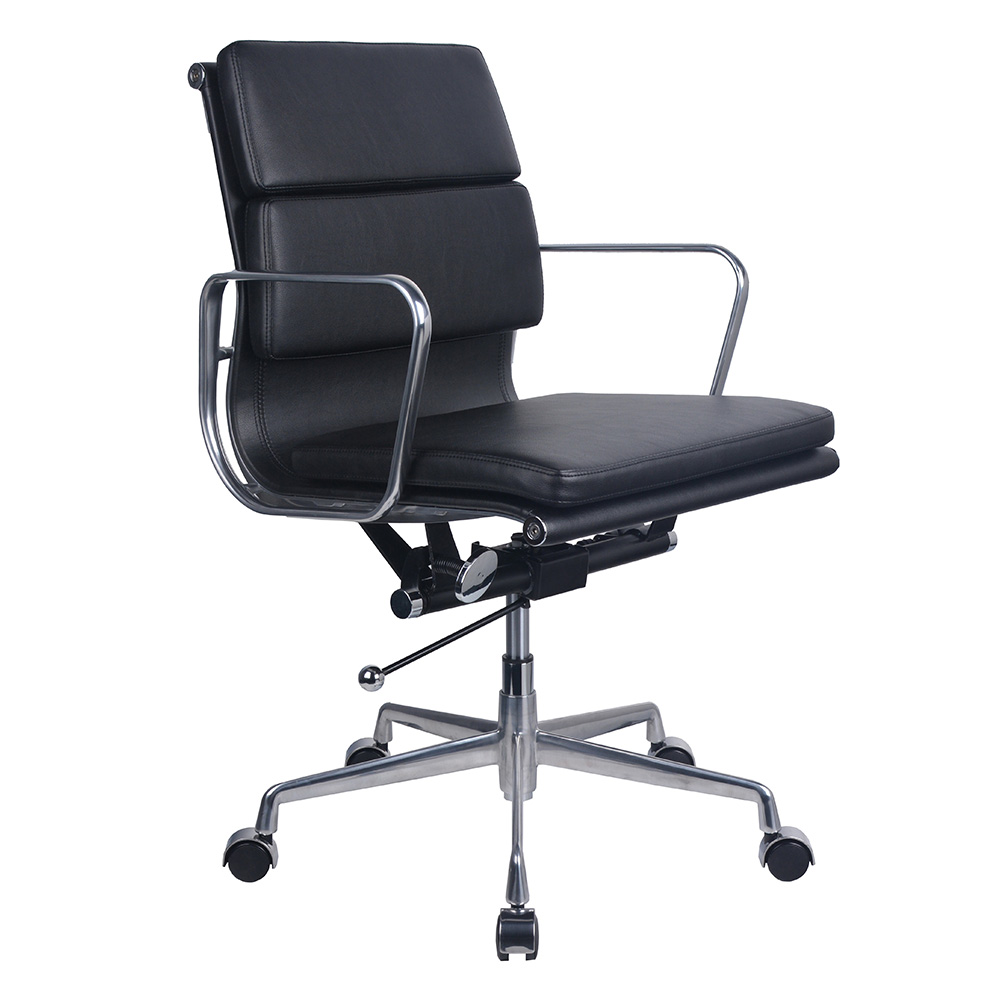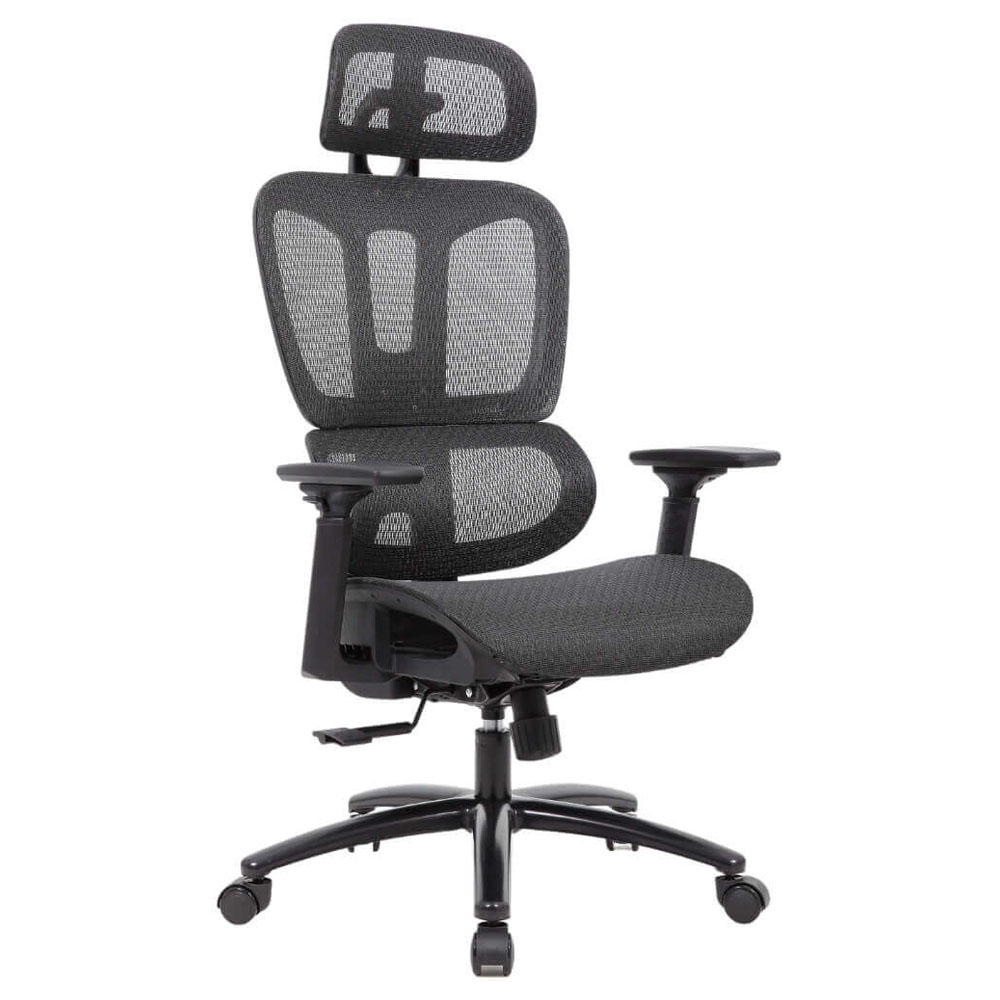Selecting the right ergonomic office chair can seem like a daunting task. They look similar and come at a range of different price points, so it can be tough to figure out which chair is the perfect fit for you, and which chair is all show and no go!
But fear not! With years of experience testing and selling office chairs, we’ve learned a thing or two about what truly matters when it comes to ergonomic office chairs. In this guide we’ll break down the key factors you should consider and help you find the ideal chair that prioritises your comfort and well-being.
Understanding Ergonomic Office Chairs
Let’s start with the basics. An ergonomic office chair is simply a chair designed to put your body in a comfortable and strain-free position for desk work. The magic lies in its adjustability, allowing you to customise it to your body’s needs and proportions. That means you can adjust the chair’s height to match your desk and to accommodate your body type.
Why Choose an Ergonomic Office Chair?
Well, let’s face it – ergonomic chairs are designed for those long hours spent at your desk. They come with comfortable padding, targeted support where you need it most, and adjustable features to suit different body types. While you might get lucky and stumble upon a random chair that works well for your body, for most of us, investing in a high-quality ergonomic office chair is the way to go.
Why, you ask? Because it means you’re more likely to get through a long workday without those annoying aches and pains from sitting in awkward positions, on hard surfaces, or using a chair that doesn’t quite fit you or your desk. Ergonomic office chairs also help keep you in an upright and alert position, which is essential for maintaining focus and productivity.

Key Features and Considerations
Now, let’s dive into the important factors you should consider when choosing an ergonomic office chair:
Dimensions
This is a fundamental aspect that many people overlook. While most chairs fall within a general range of measurements to accommodate as many people as possible, there are still differences from chair to chair. Pay attention to seat height and seat size.
To achieve the most ergonomic desk position, your thighs should be parallel to the floor, with your knees forming a 90-degree angle. If a chair doesn’t adjust to the right height for this position, it’s not the chair for you.
The seat size is equally important. It should be proportioned to your body to ensure a comfortable fit. The seat width affects the width of the armrests, while the seat depth should allow for a gap of 2-4 inches (50-100mm) between the seat pad and the back of your knees when sitting against the backrest. Avoid chairs that press against your lower legs or lack sufficient seat depth, as they can hinder circulation and fail to provide adequate support.
Adjustability Features
Ergonomic office chairs come with various adjustable parts to cater to your individual preferences and ensure maximum comfort. The most common adjustments include seat height, seat/back tilt, and tilt tension control.
For those seeking even more advanced features, some ergonomic chairs offer adjustable armrests, lumbar support, synchronized tilt with locking, adjustable back height, seat slide (depth adjustment), and even a headrest. These additional features allow you to fine-tune the chair to your specific needs and enhance your overall comfort.
Materials
Consider the materials used in the chair’s construction, as they play a significant role in comfort, durability, and aesthetics. Look for high-quality materials like breathable mesh fabric for the seat and backrest, as it promotes air circulation and prevents sweating, especially in the hot Australian climate. The padding and cushioning should strike the perfect balance between support and comfort for those long work hours – high-density moulded foam is best as it is least likely to flatten and become uncomfortable over time. And don’t forget about the chair frame – it should be sturdy and made from durable materials to ensure it stands the test of time.
Controls
The controls of an ergonomic office chair should be user-friendly and intuitive. Make sure the adjustment mechanisms are easily accessible, allowing you to fine-tune the chair’s settings effortlessly. Controls are mostly an item of personal preference, but a better quality chair is going to have smoother, more durable controls.
Comfort and Support
Comfort and support are of utmost importance when it comes to choosing an ergonomic office chair. Look for features such as contoured backrests, ample padding, and proper lumbar support. The chair should promote a neutral sitting posture, keeping your spine aligned and minimising strain on your muscles and joints.
Weight Rating
Make sure to check the chairs weight rating. Typically, a quality office chair’s weight rating will start around 110kg, with more heavy duty models having ratings of 160kg and higher. This means the chair is designed to withstand the typical forces exerted upon it from a person up to that weight.
Certifications and Warranty
Check if the chair has any certifications that indicate it meets specific ergonomic standards, such as BIFMA and AFRDI certification. These certifications ensure that the chair has been tested and approved for ergonomic performance and durability. Additionally, review the warranty provided by the manufacturer to understand the level of protection and support you’ll receive in case of any issues.
Castors
Lastly, consider the type of castors or wheels on the chair, especially if you have specific flooring requirements. Different types of castors are suitable for hard floors, carpets, or a combination of both. A chair mat can always be used to protect your floor.
Picking a Chair for Your Usage Needs
It’s essential to consider how you’ll be using the chair to make the final decision. Think about factors such as the duration of use, specific tasks you perform, and any additional requirements of your work environment. If you spend long hours at your desk, prioritise chairs with enhanced lumbar support, adjustable features, and superior comfort. If you tend to use your chair for shorter periods of time, you might be able to get away with a more stylistic chair with fewer ergonomic features.
Learn how to set up your ergonomic chair with this brilliant video from WorkSafe Queensland!
Conclusion
Choosing the right ergonomic office chair requires thoughtful consideration of various factors, including dimensions, adjustability features, materials, comfort, certifications and warranty. By understanding your body’s needs and the requirements of your work, you can make an informed decision and find a chair that promotes a healthy and comfortable sitting experience.
Prioritise your well-being and your productivity by investing in a high-quality ergonomic office chair that will support you throughout your workday.

